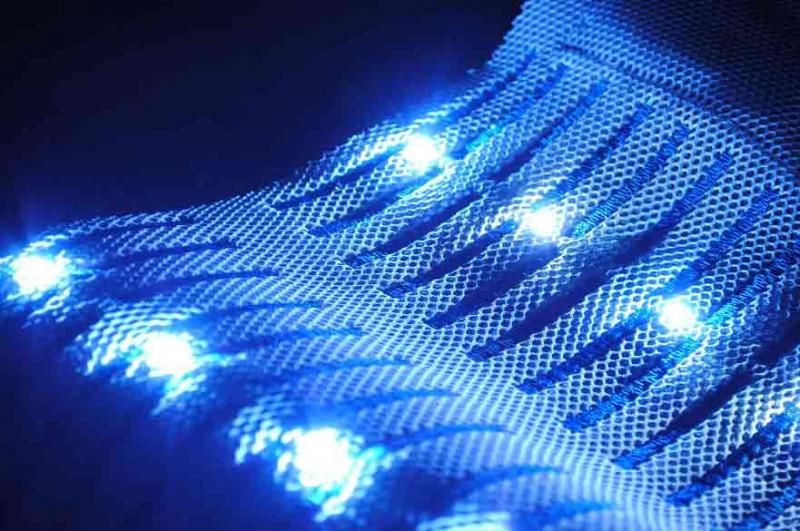Nuance Audio is a new option for people who resist traditional aids, from the company that makes Ray-Bans and operates LensCrafters.
Seekers of Meaning Podcast Posted Online March 7, 2025
What's Next Longevity Deal Talk Episode 32, January, 2025
Presentation: What's Next Longevity Venture Summit, June, 2025

 Monitoring the AgeTech market, one major trend at a time. One of the key roles of an industry analyst is to detect and predict new trends that will make a difference in the lives of older adults. Consider the five year sequence of reports below, from oldest to most recent, from the introduction of voice tech to the Covid-driven rise of telehealth to smart homes to wearables to sensors to the current research underway (stay tuned!) about
Monitoring the AgeTech market, one major trend at a time. One of the key roles of an industry analyst is to detect and predict new trends that will make a difference in the lives of older adults. Consider the five year sequence of reports below, from oldest to most recent, from the introduction of voice tech to the Covid-driven rise of telehealth to smart homes to wearables to sensors to the current research underway (stay tuned!) about  The opportunity for embedded and AI-enabled sensors in smart clothing. The growth of the sensor market has created an opportunity for more focus on smart clothing, which has been around a long time,
The opportunity for embedded and AI-enabled sensors in smart clothing. The growth of the sensor market has created an opportunity for more focus on smart clothing, which has been around a long time,  When it comes to people, the US Census has all the data. From its American Community Survey (ACS)
When it comes to people, the US Census has all the data. From its American Community Survey (ACS)  Staffing issues continue to plague senior care organizations. The news articles pile up –
Staffing issues continue to plague senior care organizations. The news articles pile up –